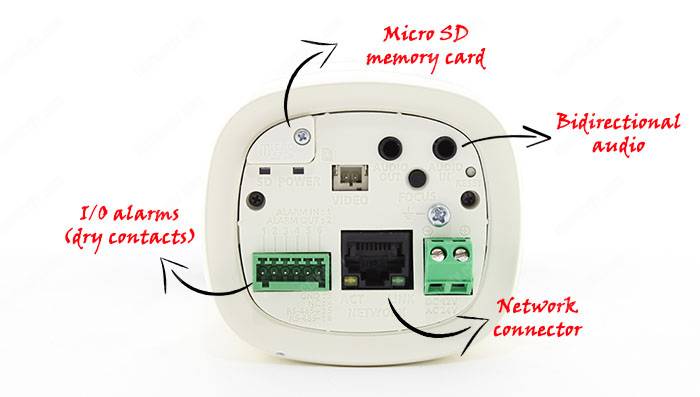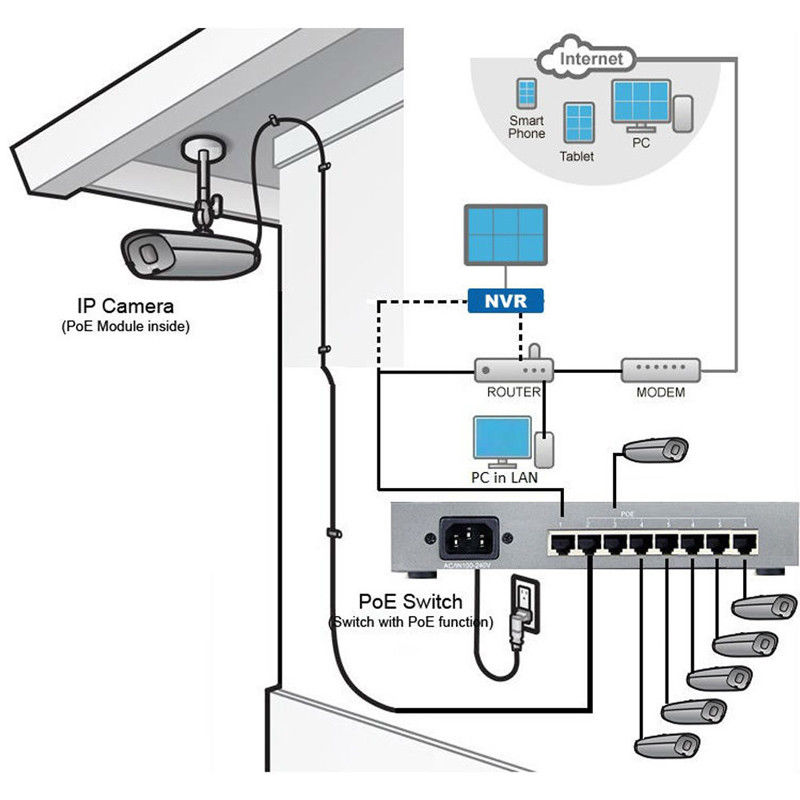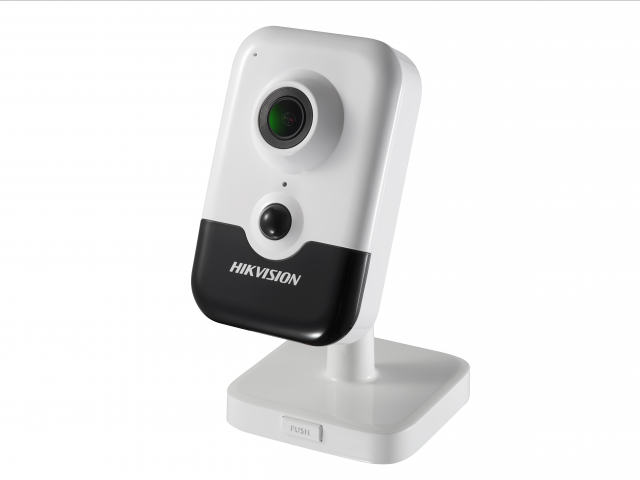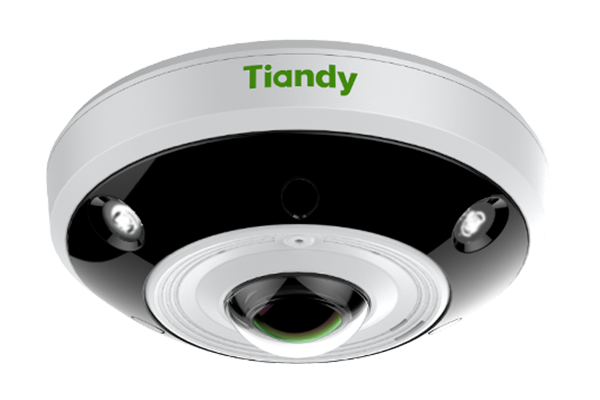What are the IP camera advantages?
An IP camera can have many advantages when compared to a traditional analog camera, in this article you will understand the advantages of using this technology in CCTV projects.
The first thing we must understand is that the principles of light and imaging are universal and do not change when you use an IP camera or analogue one, so let’s talk about other things other than light principles.
The basic difference between IPs and analog CCTV cameras resides in the image scanning, meaning, the transition from light to the digital format that can be easily stored and transmitted over a network.
Analog camera digitization
In an analog camera, the scan occurs only on the DVR (recorder), the camera sends the image in analog format through coaxial cables to the DVR where it is scanned and stored and a hard drive.
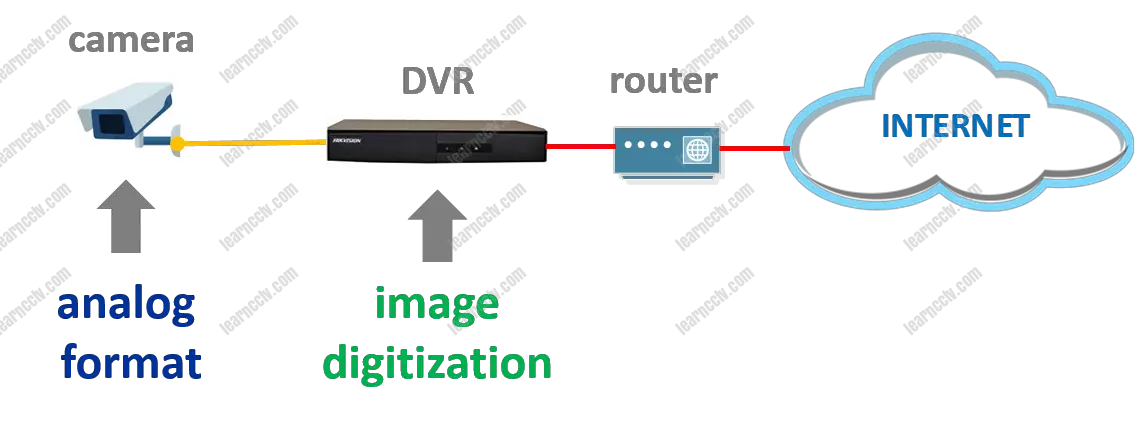
So, this is just an overview about analog camera digitization, let’s move now to the IP camera world and understand how this process works.
IP camera digitization
In an IP camera, the scanning process occurs directly on the camera, even before it is sent to a recorder.
When the first IP camera was invented, an internal circuit called encoder was used to transform electrical signals from the image sensor (CCD) into digital signals, but with technology evolution, new sensors such as CMOS became able to do direct scanning, without the need for this internal encoder.
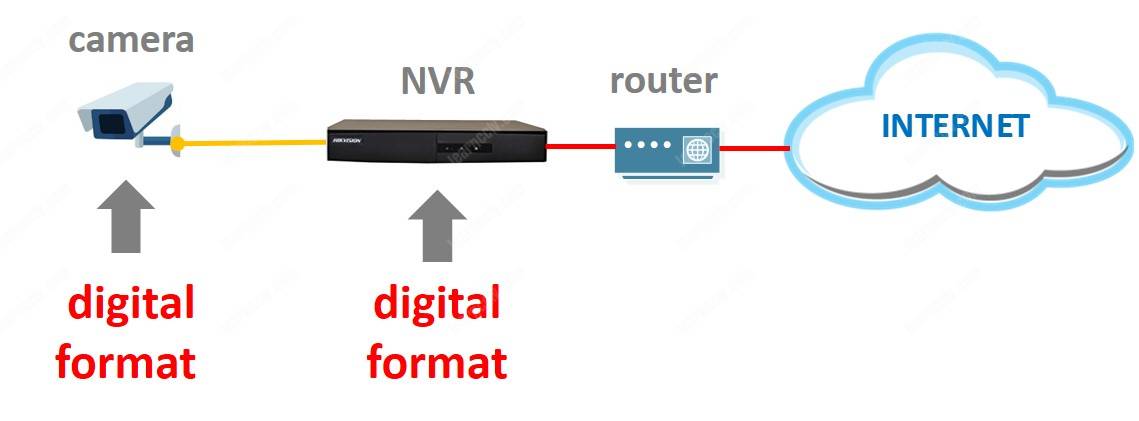
Due to the fact that this scan is done in the IP camera itself, it becomes a stand-alone device and can use intelligence capabilities.
But this is just the tip of the Iceberg, there are numerous differences between the two technologies. Let’s dive into the details.
Internal components of an IP camera
Most IP cameras on the market have a sensor called CMOS that converts received light into digital signals,
After the digital conversion, the internal processor called DSP (Digital Signal Processor), considered the brain of the camera, processes the images and makes improvements before moving to the final circuit that will process and send the images over the network.
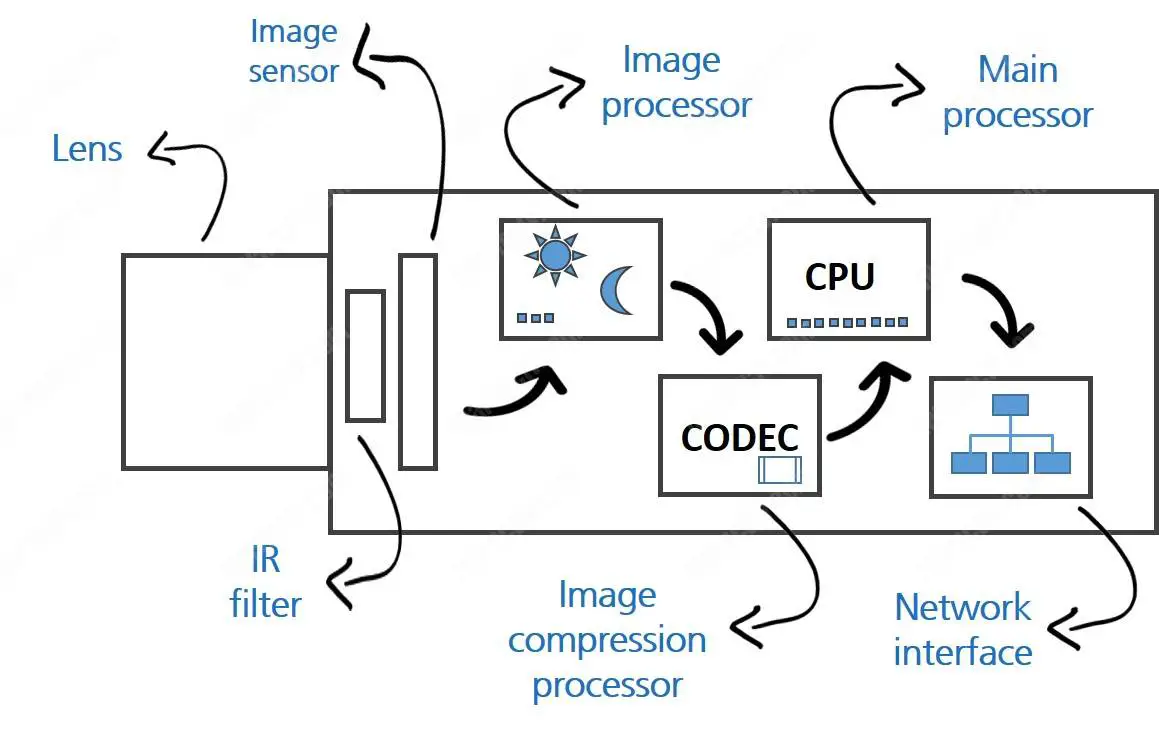
With those internal components, an IP camera is an independent device that can work by itself, and just send video directly to the network.
Audio Inputs / Outputs, Alarm and SD Card
On the back of the camera we can see a micro SD card slot, audio input and output that allows us to connect an external microphone and a speaker, as well as a network connector (which also serves to send power), And finally the input and output for alarms that allows interacting with external devices such as sound, light or alarm panels.
Note that the advantages are huge when compared to traditional analog cameras, because with IP cameras it is possible to send and receive audio and video already in digital format, besides having access to the camera menu and sending and receiving remote commands, all by simply connecting a Network UTP cable.
When a camera identifies a moving object for example it can send information to trigger the alarm output, ie a dry contact (NO/NC) is triggered and can signalize to an external device.
Power supply redundancy
There is the possibility of powering the camera using a traditional 12VDC or 24 VAC source via the standard connector, or through the network cable, using PoE power.
You can then use both types of power in parallel and allow the camera to continue to function even when the network cable is cut off or disconnected from the switch that sends power.
Independence of the image recorder
IP cameras are independent of the recorder, meaning they are autonomous and can record their own images on a memory card and communicate directly over the network.
These types of CCTV cameras can be connected directly to a switch or router through a network port, and thus become devices that can be programmed to send videos to a local or remote recorder to any part of the world, (when they are connected to Internet)
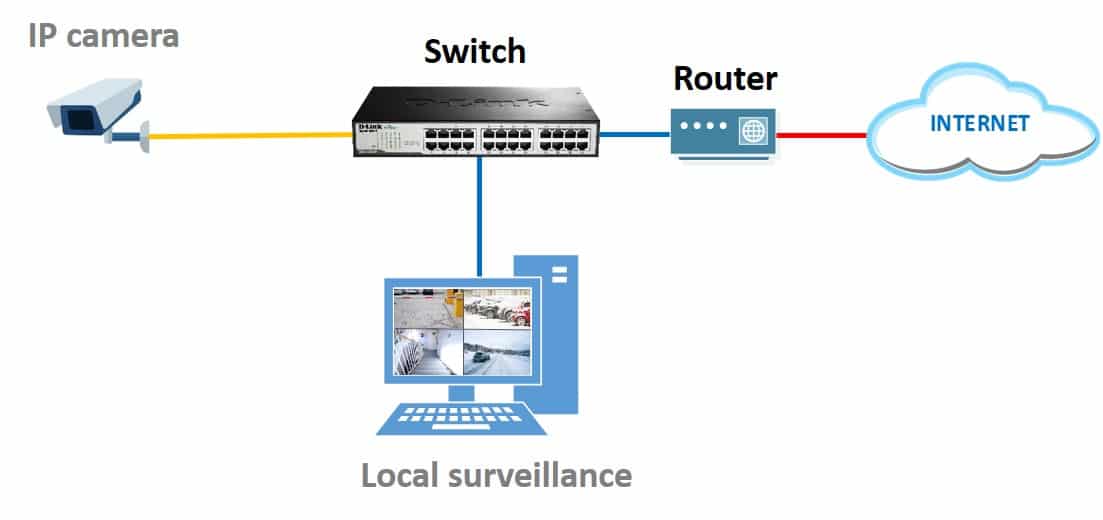
Even without an IP recorder (NVR) in the network, the camera can send videos to a monitoring center or to the Internet.
IP cameras work with two-way communication
This means that it is possible to send commands to the cameras and receive information from them through the network, it is possible for example to adjust the aperture and focus of the lenses (models with varifocal motorized lenses)
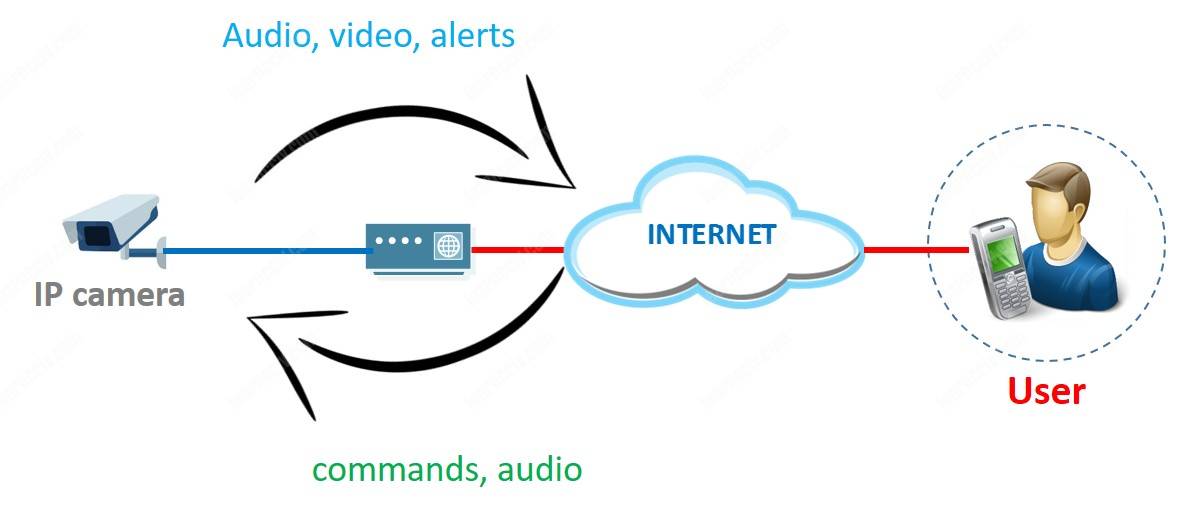
From your computer, tablet or mobile phone you can have direct access to the camera, even if there is no recorder (NVR) in the network, you can listen to what is going on in the environment through a microphone built into the camera, or external microphone
You can also connect a speaker to the camera or use a model that already has a built-in speaker. This allows the user to send audio and communicate with those who are near the camera or to activate some pre-existing audio that is in the device’s memory.
IP wireless camera
There are camera models used in residential environments that already have wireless (wi-fi) capabilities with built-in microphone and speaker that allow easy communication and monitoring
IP camera embedded intelligence
Because they are independent devices with their own processors and network resources, IP cameras can do intelligent video analysis to detect possible changes to the images.
High resolution images
Some manufacturers already have high-resolution camera models, such as this the 12MP IP camera, manufactured by Tiandy.
These cameras have much higher resolutions than analog cameras, even the most modern analog models with HD-TVI, HD-CVI, AHD and SDI technologies do not even have resolutions higher than 5MP.
IP camera network traffic security
Analog system security
In an installation with analog cameras it is possible to intercept the signals easily, simply cut the coaxial cable and connect a monitor or a recorder (DVR) to have full access to the images.
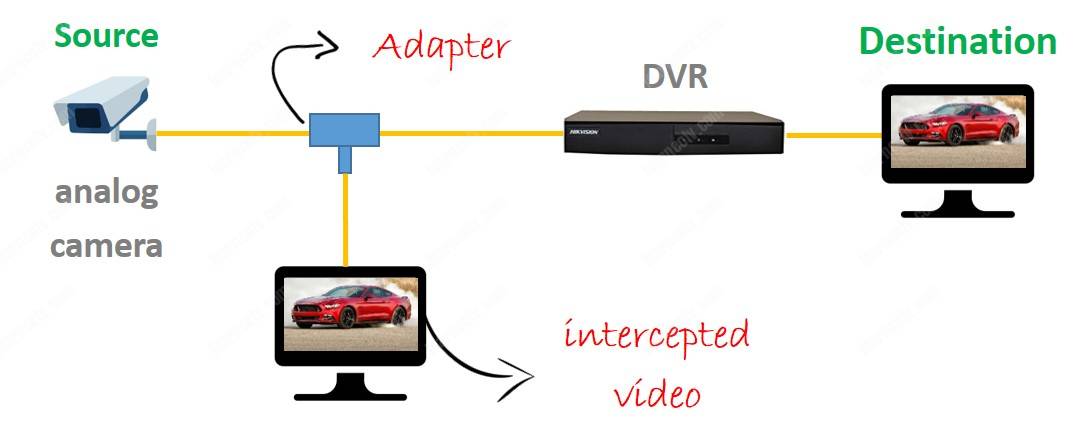
IP system security
When using IP systems, you can encrypt the data between the camera and its destination (equivalent to an Internet banking transaction) which makes data interception totally useless since the data can only be decrypted at its final destination.

Obviously there is a need to use cameras, recorders and software suitable for encryption, but it is something that makes a big difference for serious customers who need to secure the data.
Versatile and scalable system
In analog systems you get stuck with the monitoring software provided by the manufacturer because the software that controls the DVR is very specific, in most cases you can not use third party software that has other features.
In IP systems it is quite different, with total freedom of choice, because it is possible to use IP cameras of different brands with software developed by several manufacturers in the market.
See below an example of different manufacturers of IP cameras
This allows us to choose the best IP cameras that meet customer needs and use them with the best software that has the features needed for the CCTV project.
We can choose the software according to its advantages, such as speed, ease of operation, intelligent video analysis, scalability, compatibility, etc.
IP cameras have high resolution, are independent and capable of doing intelligent video analysis, and communicate with different types of software, they can be used in wireless networks and allow the use of redundant power.
Large projects use thousands of IP cameras because of their ease of integration into the networks and traffic of images to any part of the planet and still make redundant recording.
Consider using IP cameras in your next project,


